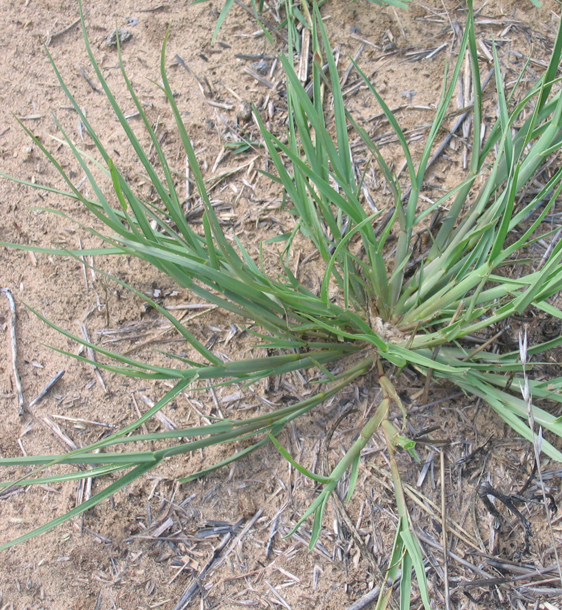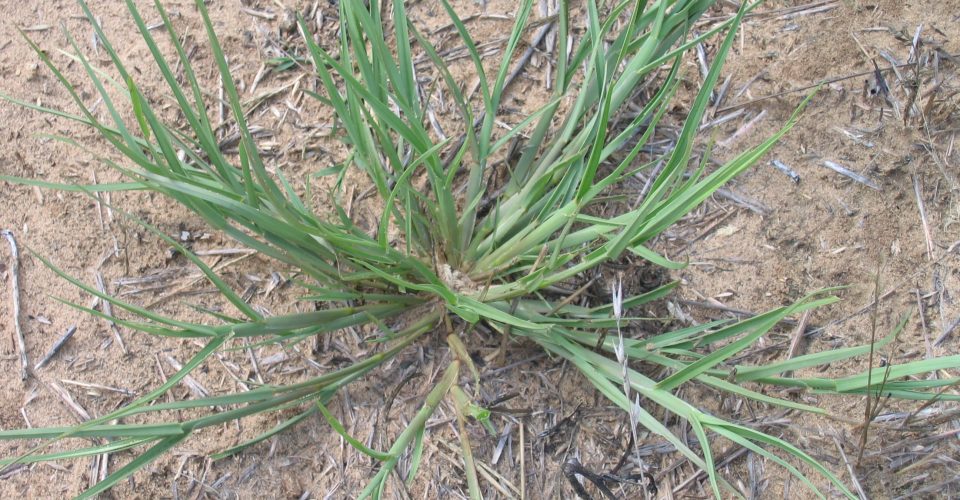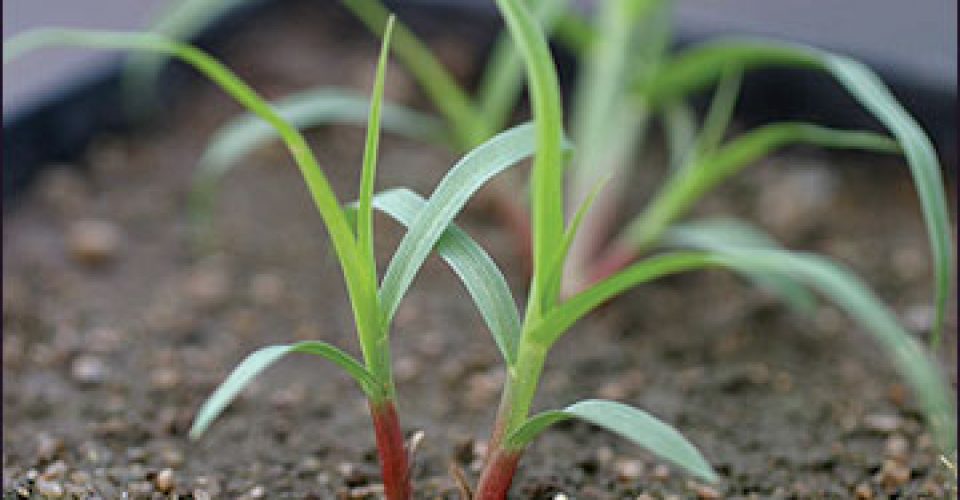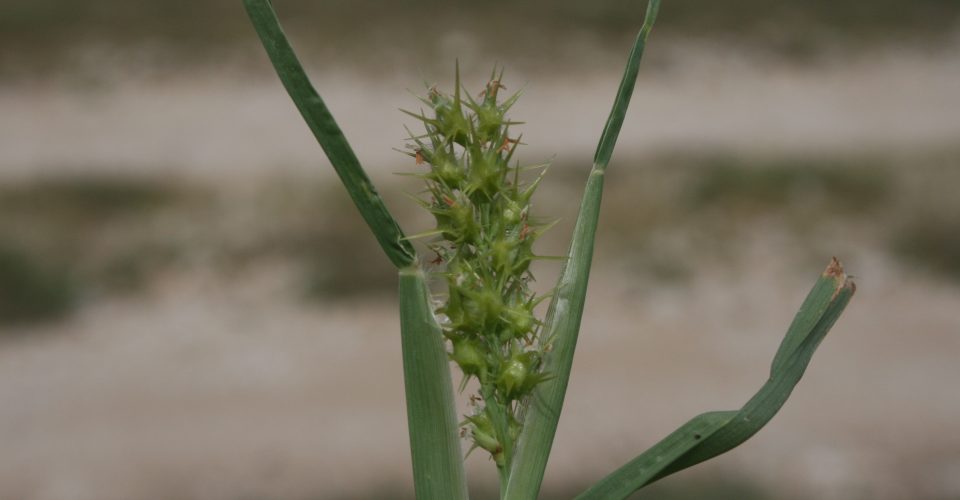Sandbur (Cenchrus echinatus)
Sandbur (Cenchrus echinatus), also known as the common grassbur or southern grassbur, is a weedy, annual grass that can be found throughout the United States and many other countries. It grows in almost all soil types, but is most often found on sandy sites.
Sandbur is one of Mother Nature’s first plants on the scene to cover the soil and prevent erosion. It usually appears following some type of soil disturbance.
Sandbur has a very good defense system. The seed of the plant has sharp spines that can be very painful if stuck in the mouth of a grazing animal or the finger of a concerned landscaper.
Sandbur can be a very problematic plant to hay producers, seed producers and individuals trying to establish pastures or install a new yard around the home.
Sandbur can be controlled by keeping the soil and desired forage species in good health. This will help crowd out the unwanted invader. The plant can also be controlled in certain situations with the timely application of herbicides.
Editor’s note: Kent Ferguson, retired rangeland management specialist from USDA Natural Resources Conservation Service (NRCS), is providing us with plant identification photo stories to help ranchers identify those forbs, forages and species growing in the pastures. Additional photos provided by USDA NRCS.
Sandbur is excerpted from the March 2015 issue of The Cattleman magazine.





